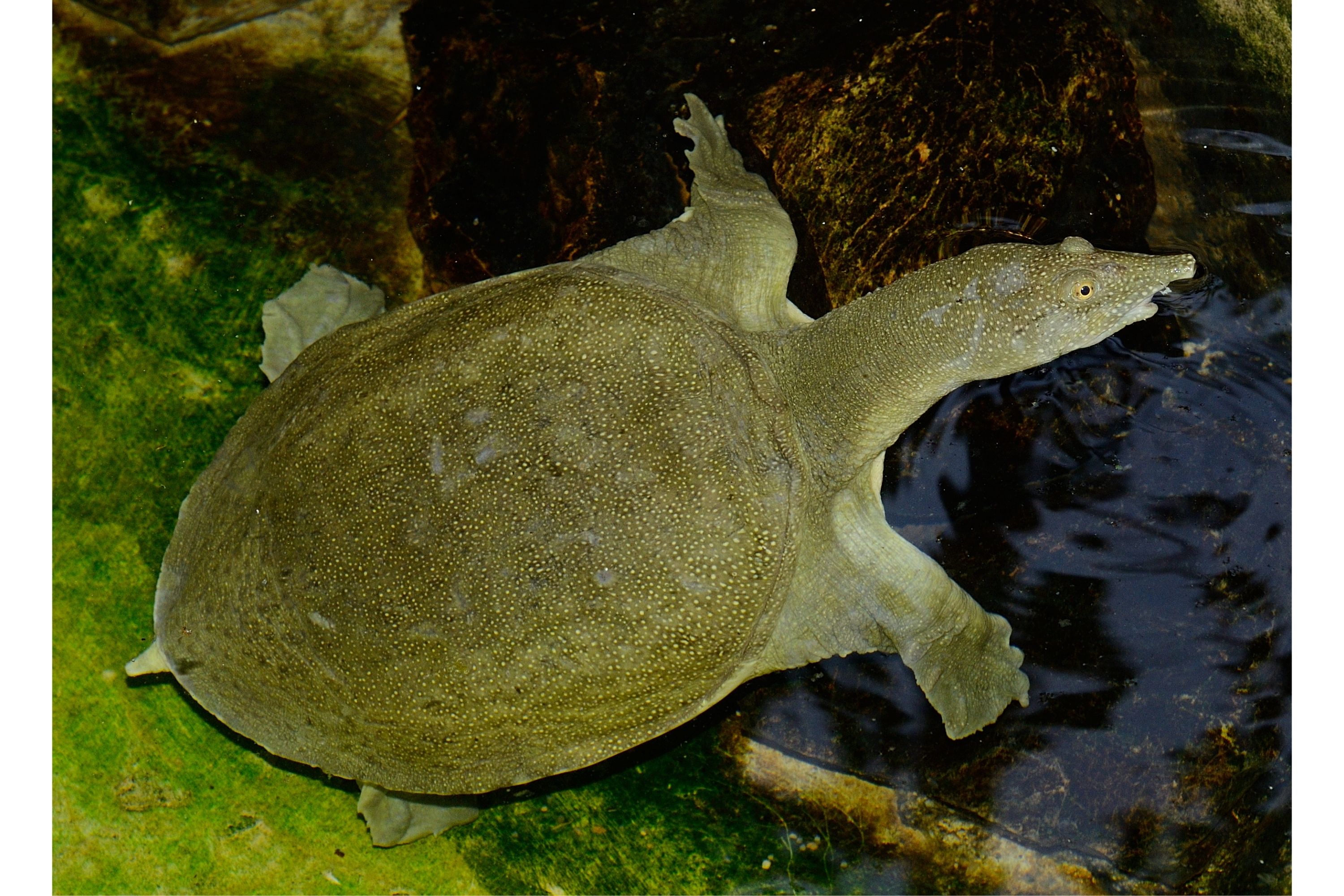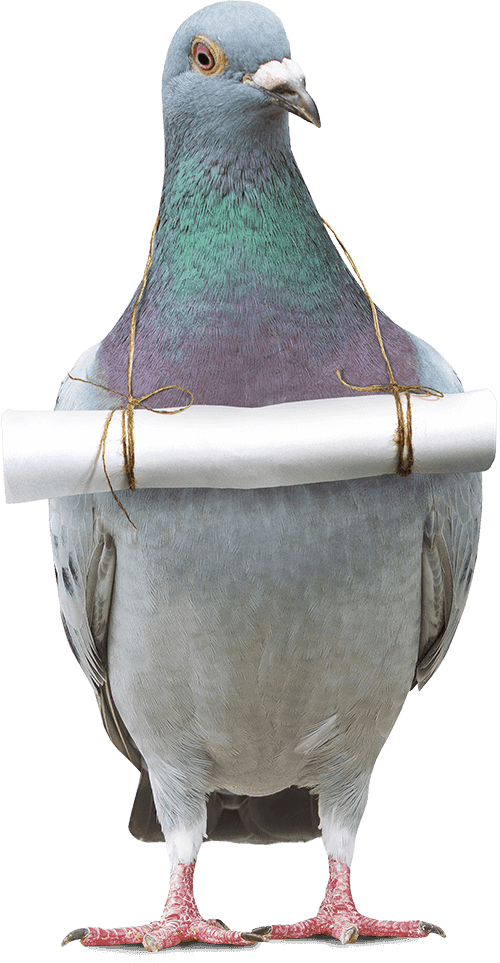Chinese softshell turtle
(Pelodiscus sinensis)

Description
The Chinese softshell turtle (Pelodiscus sinensis) is a species of softshell turtle that is native to China (Inner Mongolia to Guangxi, including Hong Kong) and Taiwan, with records of escapees—some of which have established introduced populations—in a wide range of other Asian countries, as well as Spain, Brazil and Hawaii. Populations native to Northeast China, Russia, Korea and Japan were formerly included in this species, but are now regarded as separate as the northern Chinese softshell turtle (P. maackii). Furthermore, localized populations in Guangxi and Hunan (where the Chinese softshell turtle also is present), as well as Vietnam, are recognized as the lesser Chinese softshell turtle (P. parviformis) and Hunan softshell turtle (P. axenaria). The Chinese softshell turtle is a vulnerable species, threatened by disease, habitat loss, and collection for food such as turtle soup. Chinese soft-shell turtles were the first turtle species to undergo a large-scale outbreak of bacterial softshell disease, resulting in slower growth and increased fatality. This lead not only to a decline in P. sinensis, but caused severe economic losses to the turtle culture industry. Additionally, millions are now farmed, especially in China, to support the food industry, and it is the world's most economically important turtle. Females of the Chinese softshell turtle can reach up to 33 cm (13 in) in carapace length, while the smaller males reach 27 cm (11 in), but however have longer tails than the females. Maturity is reached at a carapace length of 18–19 cm (7–7.5 in). It has webbed feet for swimming. They are called "softshell" because their carapace lacks horny scutes (scales). The carapace is leathery and pliable, particularly at the sides. The central part of the carapace has a layer of solid bone beneath it, as in other turtles, but this is absent at the outer edges. The light and flexible shell of these turtles allows them to move more easily in open water, or in muddy lake bottoms. The carapace of these turtles is olive in color and may have dark blotches. The plastron is orange-red, and may also have large dark blotches. The limbs and head are olive dorsally with the forelimbs lighter and the hind-limbs orange-red ventrally. There are dark flecks on the head and dark lines that radiate from the eyes. The throat is mottled and there may be small, dark bars on the lips.
Taxonomic tree:







